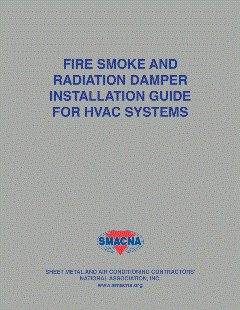The unique challenges required for HVAC design in rail passenger vehicles are being addressed in a proposed guideline from ASHRAE now open for public comment.
Guideline 23P, Guideline for the Design and Application of HVAC Equipment for Rail Passenger Vehicles, establishes recommended design and application guidelines to provide an acceptable level of performance and safety for HVAC equipment used on rail passenger vehicles.
The proposed guideline is open for public comment until June 30, 2014. To read the proposed standard or to submit comments, visit www.ashrae.org/publicreviews.
“Recognizing that the basic principles of HVAC design do not change significantly for different applications, we attempted to focus recommendations to address the items that are unique to rail vehicle HVAC design,” said Ken Hesser, committee chair. “It is hoped that the recommendations made will result in a common base for new design efforts and foster constructive debate and ongoing research to validate or refine the information provided. Current inconsistent design approaches and widely varying requirements for similar applications have resulted in minimal standardization, excessive development efforts required for similar equipment, and the resulting inefficiency and disproportionately high cost of equipment.”
The guideline applies to passenger carrying rail vehicles. These include three broad categories of rail vehicles or service: urban which includes subways, street cars, and light rail; commuter (sometimes referred to as regional or suburban) including primarily electric multiple units (electrically powered from overhead catenary or third rail) and locomotive hauled trains that transport passengers from the suburbs to metro areas; and intercity trains that are typically the locomotive hauled long distance trains. Hesser noted there are hybrid variations of these three general categories such as metros that operate in both urban and commuter type service.
“We attempted to include a wide cross section of persons including equipment suppliers, vehicle builders, service operators, and independent consultants so we hope that this inclusive process will lead to widespread use of the guideline throughout the North American passenger railcar industry,” he said.






